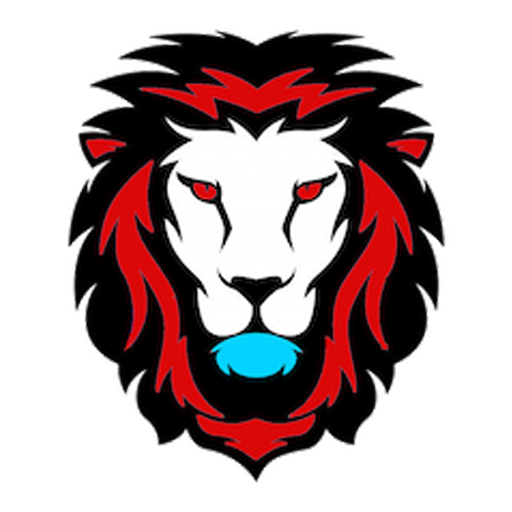Effective Senior Leadership Teams are comprised of three areas: a) the strategic goals and objectives of the organization; b) the operating landscape through which the team and organization functions; and c) the DNA and wiring of the CEO.
This sets the context for how senior teams operate. The path to achieving high performance and accelerated organizational change requires three factors:
We help CEOs hone the art of intentional leadership by:
Cascading Change: We help senior team members own the change agenda for the enterprise and take accountability for their leadership impact. They learn to tie changing the enterprise with changing their individual and their team’s leadership behaviors, cascading change throughout the organization.
Our consultants engage senior leaders, their teams, and organizations through our firm’s senior team effectiveness methodology. We use our framework to diagnose and make recommendations about:
Our interventions are customized based on the needs identified in the diagnostic phase.
Discover How Relational Intelligence Is Changing The Way That Leaders Operate.

Copyright © 2022, Bandelli & Associates